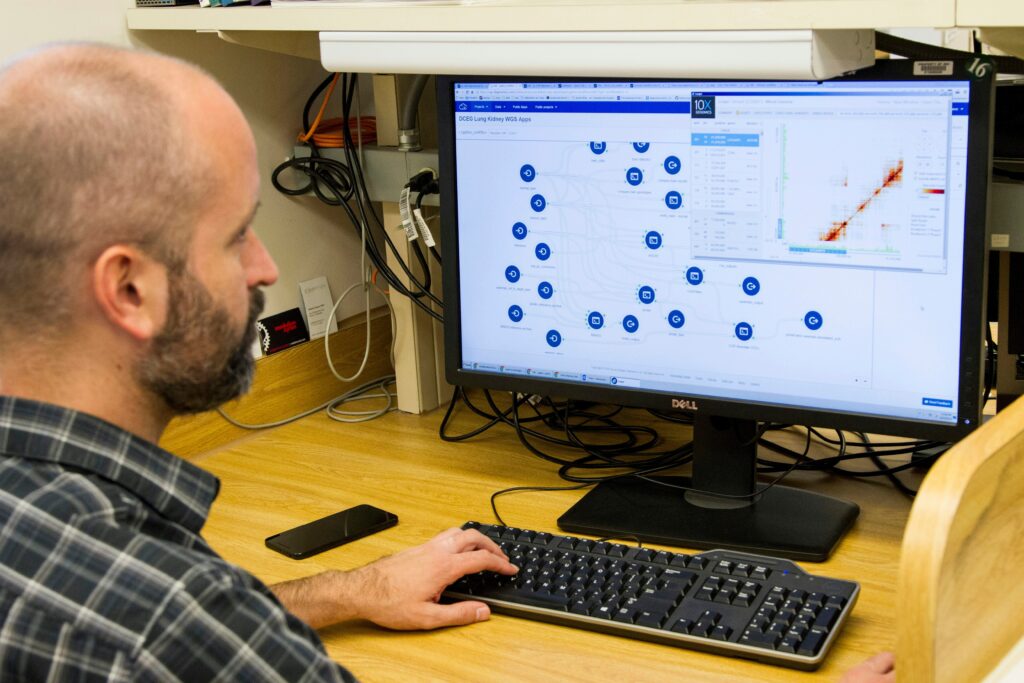
COLUMBUS, Ohio – New research indicates that the prevalence of adverse and positive childhood experiences reported by parents of teenagers has remained largely unchanged in the United States over recent years. This finding, published today in JAMA Pediatrics, raises questions about the effectiveness of national interventions aimed at enhancing family dynamics and shielding children from negative experiences.
The study, conducted by researchers at The Ohio State University, examined the prevalence of 11 adverse and seven positive childhood experiences reported by parents of adolescents from 2016 to 2023. Adverse experiences included parental divorce, death or incarceration, witnessing violence, and facing discrimination. Positive experiences encompassed being mentored by an adult, family resilience, participation in organized activities, and neighborhood support.
Senior author Susie Breitenstein, a professor of nursing at The Ohio State University, emphasized the importance of early intervention and prevention through strength-based parenting approaches. “I do early intervention parenting work, and the goal really is to decrease the incidence of adverse childhood experiences and increase the incidence of positive childhood experiences,” Breitenstein said. “At a local level, we have had some success, but at a national level, it doesn’t seem like we’ve really moved the needle a lot on some of these experiences.”
Understanding the Impact of Childhood Experiences
Previous research has consistently shown that adverse childhood experiences can increase the risk of disease, mental illness, and substance misuse in adulthood. Conversely, positive childhood experiences may help prevent psychological and relationship problems later in life. Most studies have focused on identifying high-risk populations or estimating the average number of adverse or positive life events experienced by children.
The Ohio State team took a different approach, aiming to describe the percentage of teens who experienced specific adverse and positive childhood experiences and whether these rates changed over eight years, including the period of the COVID-19 lockdown in 2020. Data from 125,564 adolescents aged 12 to 17 were sourced from the National Survey of Children’s Health.
Key Findings and Surprising Stability
Co-author and lead statistician Nathan Helsabeck noted, “We predicted that we might see dramatic changes around 2020 or 2021. Surprisingly, with a couple of exceptions, things were actually pretty stable.” The study found a decrease in economic hardship following the 2008 financial crisis and a decline in participation in activities post-COVID, which is considered a positive childhood experience.
“Economic hardship showed the sharpest drop among adverse childhood experiences, decreasing by about 25% from 2016 to 2023.”
The most common adverse experience, affecting at least 30% of teens, was having divorced parents, though this declined by about 1% during the study period. The adverse experience with the steepest increase, of about 6%, was racial discrimination. However, positive childhood experiences were reported more frequently than adverse ones, with positives reported by 40% to 90% of parents compared to negatives affecting fewer than 35% of adolescents.
Policy Implications and Future Directions
Adverse childhood experiences have significantly influenced policy, Breitenstein noted, but positive experiences are gaining traction among researchers exploring their potential to buffer negative events. “There are complex dynamics across experiences that intersect across family, community, and broader society,” she said. “In our work, we constantly talk about strength-based approaches and the importance of propping those up.”
Using national data to detail the prevalence of childhood experiences provides a baseline for future studies. Helsabeck stated, “This is a really clear, straightforward baseline that other researchers or policymakers could use to build a case for an intervention or other work.”
Breitenstein and her colleagues plan to use the data to support youth experiencing homelessness and psychiatric treatment. “There are a lot of things that help strengthen children’s experiences, but they don’t always cross paths or build on each other,” she said. “We know these things matter, so we’ll use the data to shore up the resources we can to help support others.”
Support and Contributions
This research was supported by the Ohio State College of Nursing Martha S. Pitzer Center for Women, Children and Youth, the National Institute of Nursing Research, and the National Center for Advancing Translational Sciences. First author Jack Krupa, who led the project, is now a PhD student at the University of Illinois Chicago. Additional co-authors from Ohio State include Jodi Ford, Kayla Herbell, Margaret Fitzpatrick, Lia Pinkus, Stephanie Hosley, and Barbara Warren.




